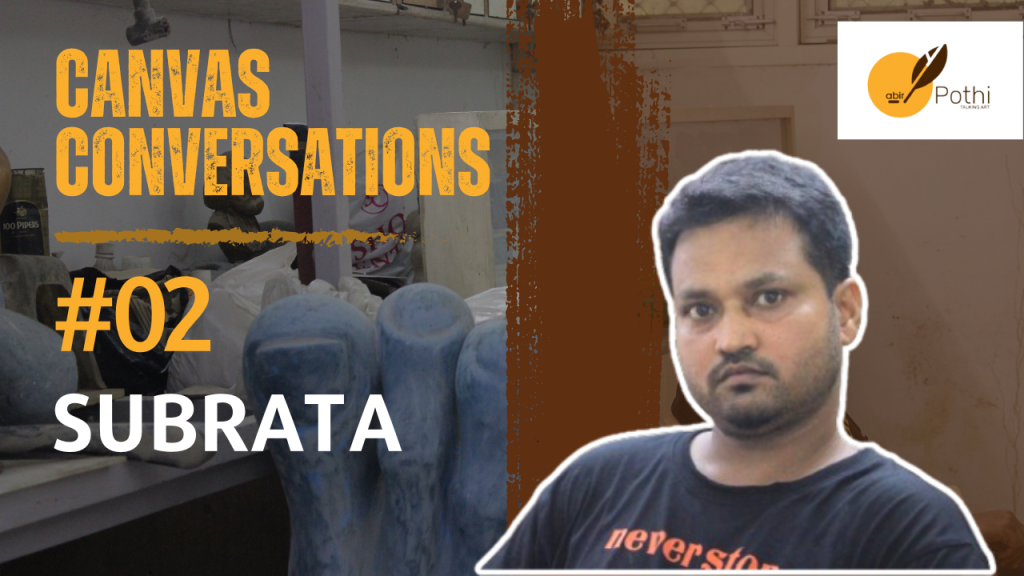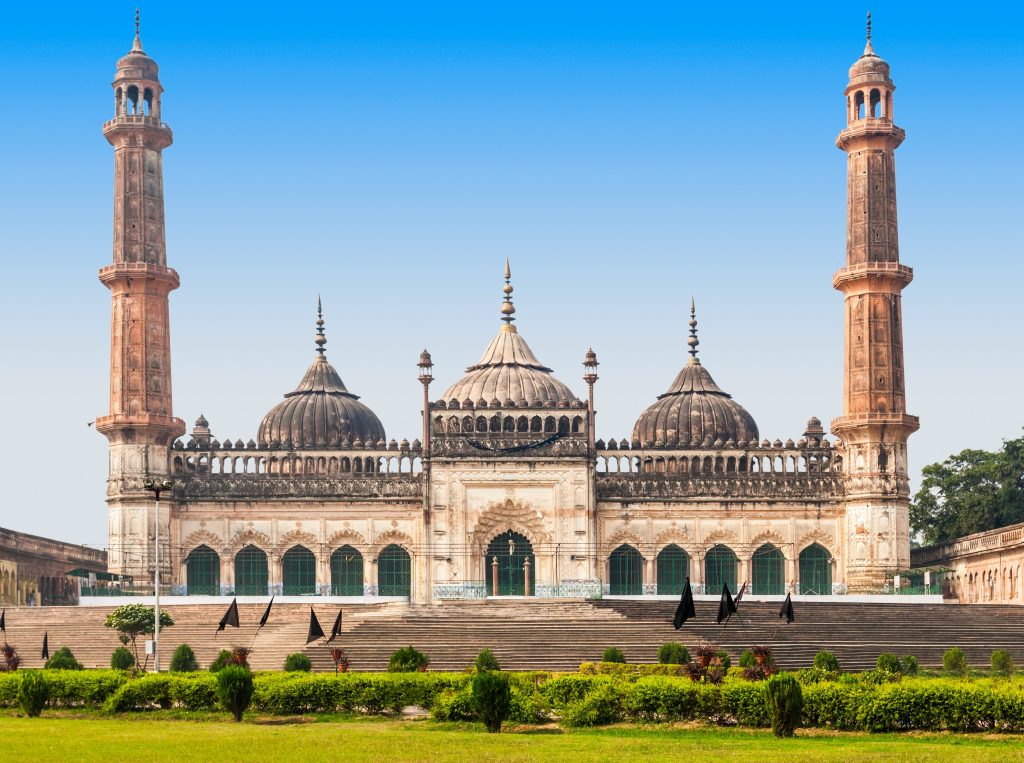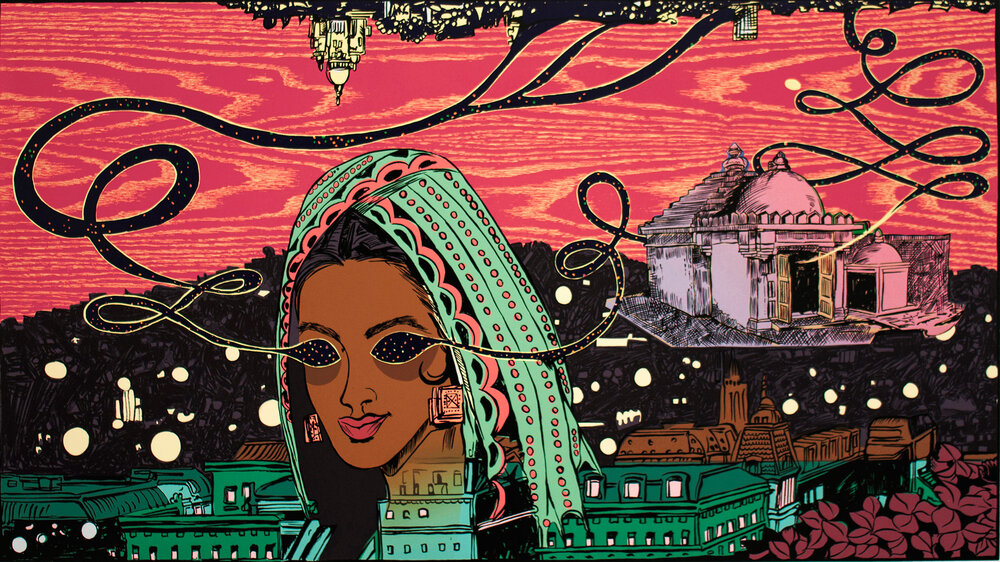Subrata Das, an artist of remarkable skill and sensitivity, was born in Bangladesh. At a very young age, around one and a half or two years old, his parents migrated to India, settling near Kolkata. Growing up in a culturally rich environment where children were often encouraged to explore music, art, and other creative pursuits, Subrata was no exception. From the eighth grade, he found himself drawn to art, a passion that only deepened as he grew older.
His childhood in India was unique. Without many playmates, Subrata turned to creative activities to occupy his time. He would make things from clay or engage in various craft activities, a pastime that shaped his artistic sensibilities from an early age.
As he progressed through his education, Subrata began his Bachelor’s degree and later pursued a Master’s. However, he did not complete his Master’s degree initially. After one year, he moved to Delhi, where he resumed his studies in art. It was during this period that he realized his true affinity for sculpture. While painting and drawing were foundational skills required for admission to art school, Subrata always felt a stronger connection to the three-dimensional forms of sculpture.
Subrata’s artistic journey is one of evolution and exploration. In his early professional life, he began experimenting with different mediums, finding that certain materials felt more comfortable and natural to work with. Whether it was fiber glass, metal, or stone, Subrata chose his materials based on the demands of each project, embracing a flexible and adaptive approach to his art.
One of the most profound influences on Subrata’s work has been the experiences of migrant laborers. Having observed the lives of these workers, who migrate from various parts of the country to build the very cities they often do not get to enjoy, Subrata was deeply moved. His first significant project after college focused on these migratory laborers. He created a series of works in terracotta, along with drawings and paintings, that captured the identities and stories of these individuals. Each piece represented the character of people from different states, highlighting their identities based on their names, villages, and states of origin.
Subrata’s work often explores themes of identity and migration. He draws parallels between the lives of these laborers and the idea of identity in a broader sense. Much like the small-time criminals whose photos are displayed in police stations with their names and crimes listed on a slate, Subrata’s artwork seeks to document the identities of these migrant workers, who often remain invisible to the city dwellers.
Subrata’s artistic influences are diverse, ranging from the historical to the contemporary. Growing up in a politically charged environment in Bengal, with its strong communist presence, he was exposed to various ideologies. His academic journey included a deep dive into Marxism, communism, and liberal ideas, which shaped his worldview and, subsequently, his art. Subrata has created statues of Ambedkar, Karl Marx, and Gandhi, incorporating these figures into his compositions to reflect on their roles in history.
One of Subrata’s notable projects is his portrayal of Gandhi. Unlike the traditional depictions of Gandhi, Subrata’s Gandhi walks not over human skulls, as in other symbolic representations, but over the symbolic fragments of a divided nation. This Gandhi is somber, reflecting the complex and often controversial role Gandhi played in the partition of India.
Subrata’s work remains deeply figurative, rooted in the human form and human stories. His narratives are about people—their identities, their struggles, and their roles in the larger socio-political landscape. Even when his work becomes symbolic, it is always the human story that remains at the core.
For Subrata, art is not just a means of expression but a reflection of his life experiences. From his early days of crafting with clay to his professional practice as a sculptor, his journey is one of continuous exploration and adaptation. His work with different mediums, influenced by the stories of migrant workers and the socio-political environment of Bengal, underscores his commitment to telling the human story through art.
As Subrata continues to evolve as an artist, his focus remains on capturing the essence of humanity—its struggles, its identities, and its histories—through his sculptures. His work stands as a testament to the power of art in documenting and reflecting on the human condition, making him a significant voice in contemporary art.





